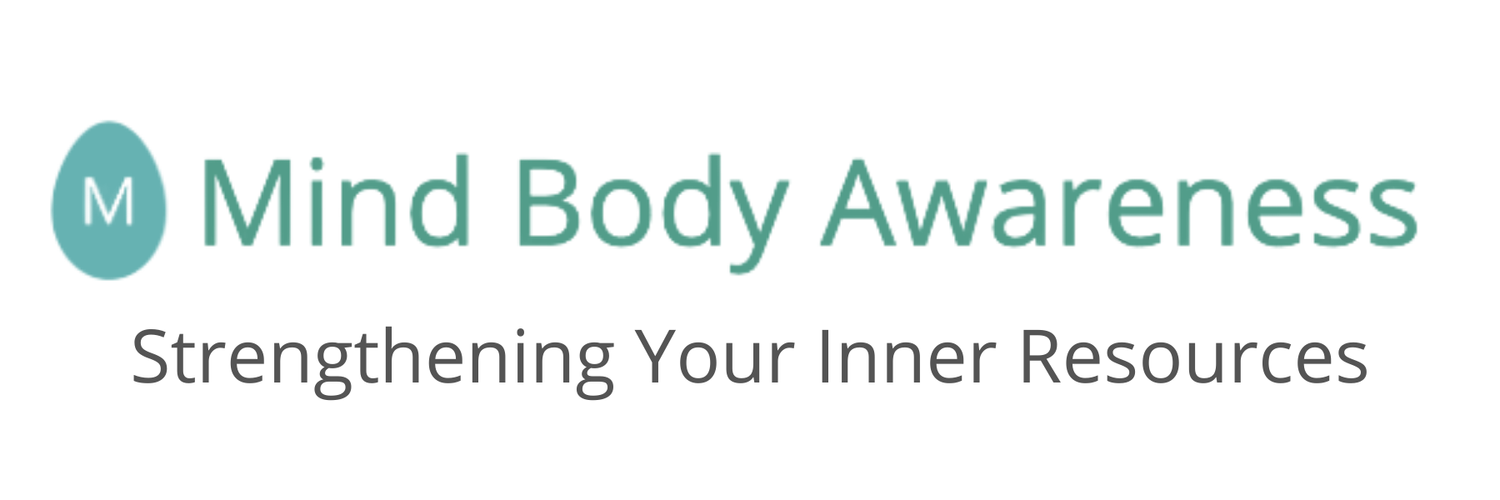Monkey Mind Chatter
Returning to the Driver’s Seat of Our Consciousness
Lately, in my processing of the work of Positive Intelligence, I have been catching my saboteurs or negative belief patterns and interested in acknowledging them quickly, I have become increasingly interested in returning to the Buddhist origins of the monkey mind and its relevance in my study.
The monkey mind refers to the incessant chatter of thoughts that constantly jump from one thing to another, ranging from worries and doubts to trivial distractions like a squirrel outside.
This state of mind hijacks our attention and drags us away from the present moment into a flurry of negative thoughts and emotions.
In our modern world, where we are bombarded with constant external stimuli, our monkey minds are more active than ever, causing us to feel dis-ease, malaise, loneliness, and disconnectedness, among other negative emotions.
However, the good news is that we can take charge of our thoughts, redirect our attention, and transform our habitual patterns in favor of new ideas and positive focus. But how can we do this?
Step 1:
With an attitude of compassion and the understanding that we are not here to analyze our monkey mind, our goal is to become keen observers of our thoughts.
We recognize that our thoughts have a seductive and personal pattern, so the key is to approach them with neutrality and observe them with fresh, innocent kindness - in other words, with loving awareness.
Here are some examples of common monkey mind thoughts that many people may relate to:
a) 'No one understands how hard I work.'
b) 'Other people have it easier than I do.'
c) 'Either I achieve at the top of my career, or I don't achieve anything at all.'
By acknowledging these patterns, we can begin to step back from our monkey mind and observe our thoughts with a sense of curiosity, rather than getting caught up in their negative spiral. Through this process of self-awareness, we can start to transform our thoughts and shift towards a more positive and empowered mindset. We are now in the driver’s seat of our mind and can make better choices for where we place our attention.
Step 2:
Take a moment to write down an issue or project that you've been struggling with.
Notice if you can identify any thought patterns that are associated with this challenge.
For example:
a) 'I need to clean the bathroom.'
Thought pattern: 'I would rather be outside. Cleaning the bathroom isn't fun. I haven't done X, Y, or Z yet.'
This could be a case of the Distractor Saboteur.
b) 'I need to talk to my colleague about what happened yesterday. It's been bothering me.'
Thought pattern: 'If I talk to them about this, they might not like me or trust me anymore.
It could disrupt the ease between us, so it's probably better if I just keep quiet.'
This could be an example of the Avoider Saboteur.
By becoming aware of these thought patterns, we can start to identify the saboteurs that are holding us back and work towards overcoming them. With practice, we can learn to disengage from these negative patterns of thinking and cultivate a more positive and productive mindset."
Step 3:
Share the thought pattern that you've been working on with a friend.
Rather than analyzing it, simply observe it and how it contributes to negative emotions or feelings.
Give yourself space to notice it.
Let your friend know that you're not seeking a solution, but rather aiming to disengage and observe.
Consider building a support tribe to help each other stay mindful and observant.
Step 4:
Pay attention to any monkey mind thoughts or saboteur patterns that arise in your speech or thoughts over the next week.
Sometimes we've been expressing negative thought patterns for so long that we don't even notice them until we catch ourselves.
Step 5:
After you've identified these thought patterns, simply observe them.
Don't take any further action.
The goal is to develop a greater awareness of the negative patterns that may be holding you back, so that you can begin to disengage from them and cultivate a more positive mindset.
By following these steps and practicing mindfulness, we can learn to recognize and disengage from negative thought patterns,
allowing us to live more fully in the present moment and achieve our goals.
Jennifer Degen
April 13, 2023
Categories
Select Category...
- Alberto Villoldo
- Ancestral Superfoods
- Art
- Attunement
- Autumn wellness retreat
- Body
- Boundaries
- Breathwork
- Buddhist Tradition
- Chanting
- Community
- Contentment
- Costa Rica
- Costa Rica Retreat
- Creative Expression
- Creativity
- Crystal Healing
- Daily
- Deep Rest
- Diet
- Digestive Health
- Embodied Living
- Family & Wellness
- Financial security
- Food
- Gratitude
- Grief Transformation
- Grounding
- Guided Meditation
- Habit Patterns
- Hakomi therapy
- Hatha
- Healing
- Health
- Health Wellness
- Healthy Diet
- Holiday Event
- Hypnosis
- Hypnotherapy
- Intelligence
- Intention
- Intuition
- Judgement
- Kathleen Burns Kingsbury
- Kundalini
- Kundalini Yoga
- Leaning In Podcast
- Leslie Yerger
- Life Purpose
- Mandala
Featured Blogs









